- Home
- >
- Knowledge Center
- >
- Blogs
Blogs
Sharing knowledge is key to an innovative and healthy industry! This knowledge center is therefore a central place on our website to share information. Read all about our industry in the blogs below!
Ultimate Guide to Choosing the Right Tank Container for Your Business Needs
In the rapidly evolving landscape of global trade, the selection of the appropriate tank container is critical for businesses engaged in the transportation of liquids and bulk goods. According to a report by the International Tank Container Organization (ITCO), the tank container market has witnessed a substantial growth rate, with an increasing volume of liquid cargo expected to be transported by tank containers projected to reach 18 million TEUs by 2025. Choosing the right tank container not only ensures compliance with stringent safety regulations but also optimizes operational efficiency and minimizes costs. With various options available based on material, capacity, and design features, businesses must navigate a complex decision-making process.
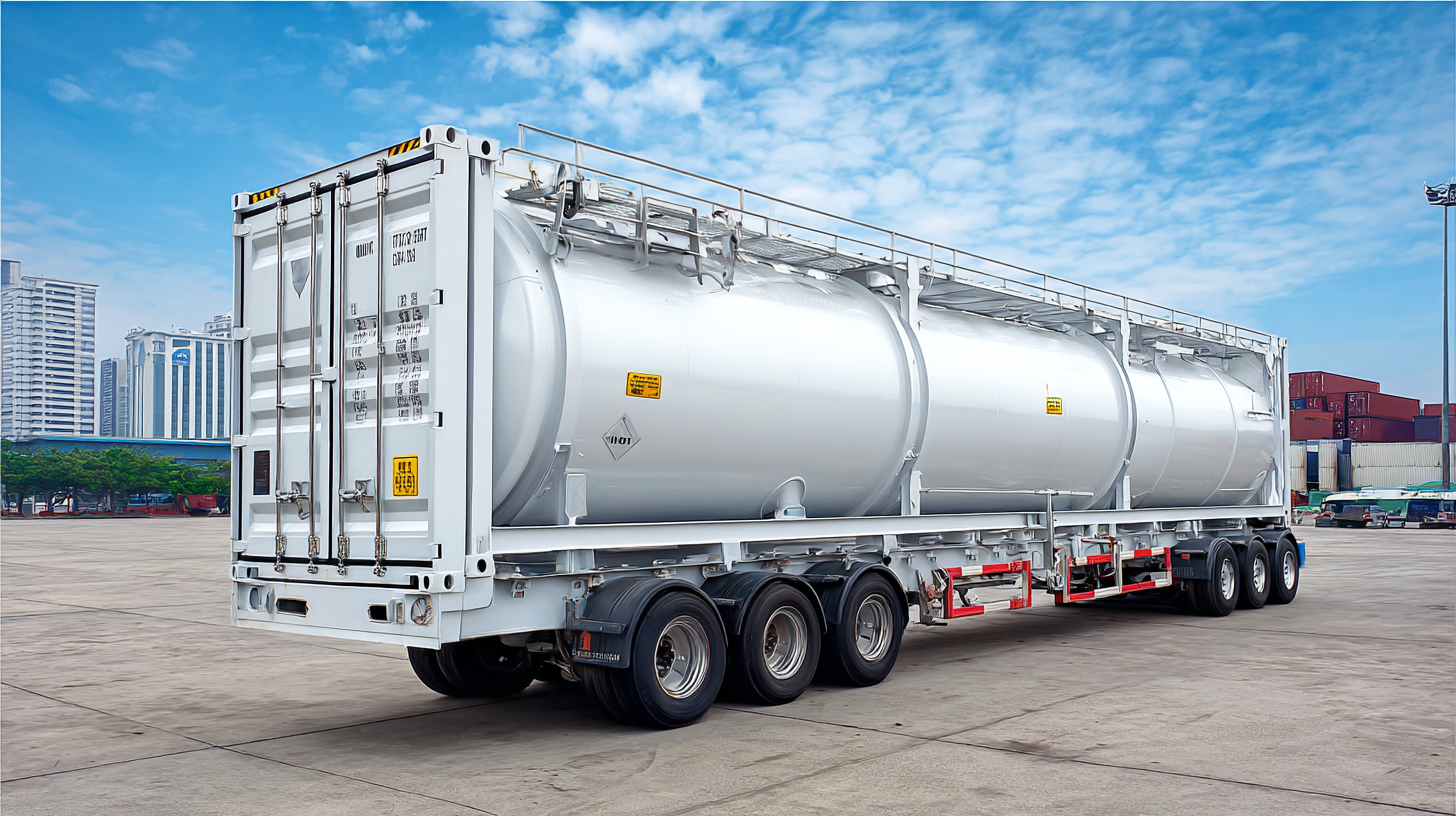
This ultimate guide aims to equip business owners and logistics managers with essential insights to make informed choices that align with their specific needs, thereby enhancing their supply chain efficiency and overall competitiveness in the market.
Understanding the Different Types of Tank Containers Available on the Market
When selecting the right tank container for your business, it's essential to understand the various types available on the market. Tank containers, specifically ISO tank containers, are designed for the safe transportation of liquids, gases, and powders, making them a versatile choice for numerous industries. According to industry analyses, the global ISO tank container market is projected to expand significantly, from 945.3 thousand units in 2025 to 1832.4 thousand units by 2032, reflecting a compound annual growth rate (CAGR) of 9.9%. This growth indicates a rising demand for effective and safe liquid transport solutions in global trade.
The shipping container market also includes a variety of container types like dry containers, reefer containers, and the frequently used tank containers. Each type serves distinct purposes; for instance, while dry containers are suitable for general cargo, reefer containers are vital for temperature-sensitive goods. Moreover, the rising need for tank containers is evident, driven by industries such as chemicals, food and beverage, and pharmaceuticals. As businesses increasingly turn to less-than-container load (LCL) shipping options, understanding these container types is crucial to optimizing supply chain efficiency. Therefore, choosing the right tank container can significantly impact logistics management and overall business success.
Tank Container Types and Their Applications
This chart represents the various types of tank containers available on the market along with their respective applications. Understanding these types can help businesses make informed decisions based on their specific needs.
Key Factors to Consider When Selecting a Tank Container for Your Business
When selecting a tank container for your business needs, several key factors must be considered to ensure you make the right choice. First and foremost, understand the type of cargo you will be transporting. Different materials, such as liquids or hazardous substances, require specific tank designs and materials. It's essential to check the tank’s compatibility with your product to prevent leaks or contamination.
Another significant factor is the container size and capacity. Tank containers come in various sizes, and choosing the right one can optimize space and reduce shipping costs. Assess your average shipment volume and consider any future growth in your business. Additionally, ensure that the container meets relevant safety and regulatory standards for transportation within your locality or internationally.
**Tips:** Always consult with suppliers about the latest designs and technologies that enhance safety and efficiency. Furthermore, consider the lease or purchase options; leasing might provide you with more flexibility if your needs change frequently. Lastly, stay updated on market trends, as the tank container market is expected to grow substantially, indicating evolving regulations and technologies that could influence your decision.
Ultimate Guide to Choosing the Right Tank Container for Your Business Needs
| Factor | Description | Importance | Recommended Tank Type |
|---|---|---|---|
| Material | Consider the type of material the tank is made of to ensure compatibility with the liquid being stored. | High | Stainless Steel |
| Capacity | Assess how much liquid you need to store and transport to select the appropriate capacity. | Medium | 20ft Tank Container |
| Regulatory Compliance | Ensure the tank meets industry regulations and standards for safety and handling. | High | ISOTank |
| Insulation | Evaluate if temperature control is necessary for your liquid to decide on insulated options. | Medium | Insulated Tank Container |
| Mobility | Consider how often the tank will be moved and whether mobile options are needed. | Low | Mobile Tank Solutions |
| Cost | Analyze your budget for purchasing or leasing a tank container. | High | Budget-Friendly Options |
Essential Tips for Ensuring Compliance with Safety Standards
When it comes to fire safety compliance, especially in the firearm industry, understanding the regulatory landscape is crucial for any business. Recent reports indicate that failure to adhere to safety regulations can lead to hefty fines and increased liability risks. For instance, businesses in the firearm sector face stringent oversight from agencies like the ATF, which underscores the importance of being prepared for inspections and maintaining robust safety protocols.
**Tips for Compliance:**
1. Regularly conduct safety audits to identify potential hazards. Keeping records of these audits not only prepares you for inspections but also demonstrates your commitment to compliance.
2. Invest in training programs that focus on safety practices for all employees. Continuous education fosters a culture of safety and ensures everyone is aware of their responsibilities, particularly regarding fire safety.
The new General Product Safety Regulation (GPSR) has also raised the stakes for compliance, impacting operational practices. Businesses need to stay updated on these regulations to avoid infractions. Consistently reviewing and updating safety protocols is essential to not only comply with regulations but also to protect your workforce and enhance your business reputation in a highly regulated environment.
Cost Analysis: Budgeting for Your Ideal Tank Container Solution
When planning to invest in a tank container, budget considerations play a crucial role in selecting the right option for your business. According to recent industry reports, the upfront cost of tank containers can range from $20,000 to $70,000, depending on size, materials, and specifications. Beyond the initial price, factors such as maintenance, operational efficiency, and potential depreciation also impact your long-term financial commitment. It's essential to perform a comprehensive cost analysis that encompasses not just the purchase price, but also ongoing expenses like insurance, repairs, and regulatory compliance.
Tip 1: When budgeting, consider all hidden costs associated with tank containers, including transportation, storage, and potential environmental fees.
Additionally, evaluating the return on investment (ROI) can provide insights into the best tank solutions for your needs. Sourcing tank containers that meet industry standards can minimize compliance-related costs, which can otherwise impact your bottom line. According to the Tank Container Association, using high-quality tanks can reduce downtime and increase efficiency, ultimately saving costs in the operational phase.
Tip 2: Research suppliers and their warranties. A strong warranty can offer peace of mind and protect your investment against unexpected expenses.
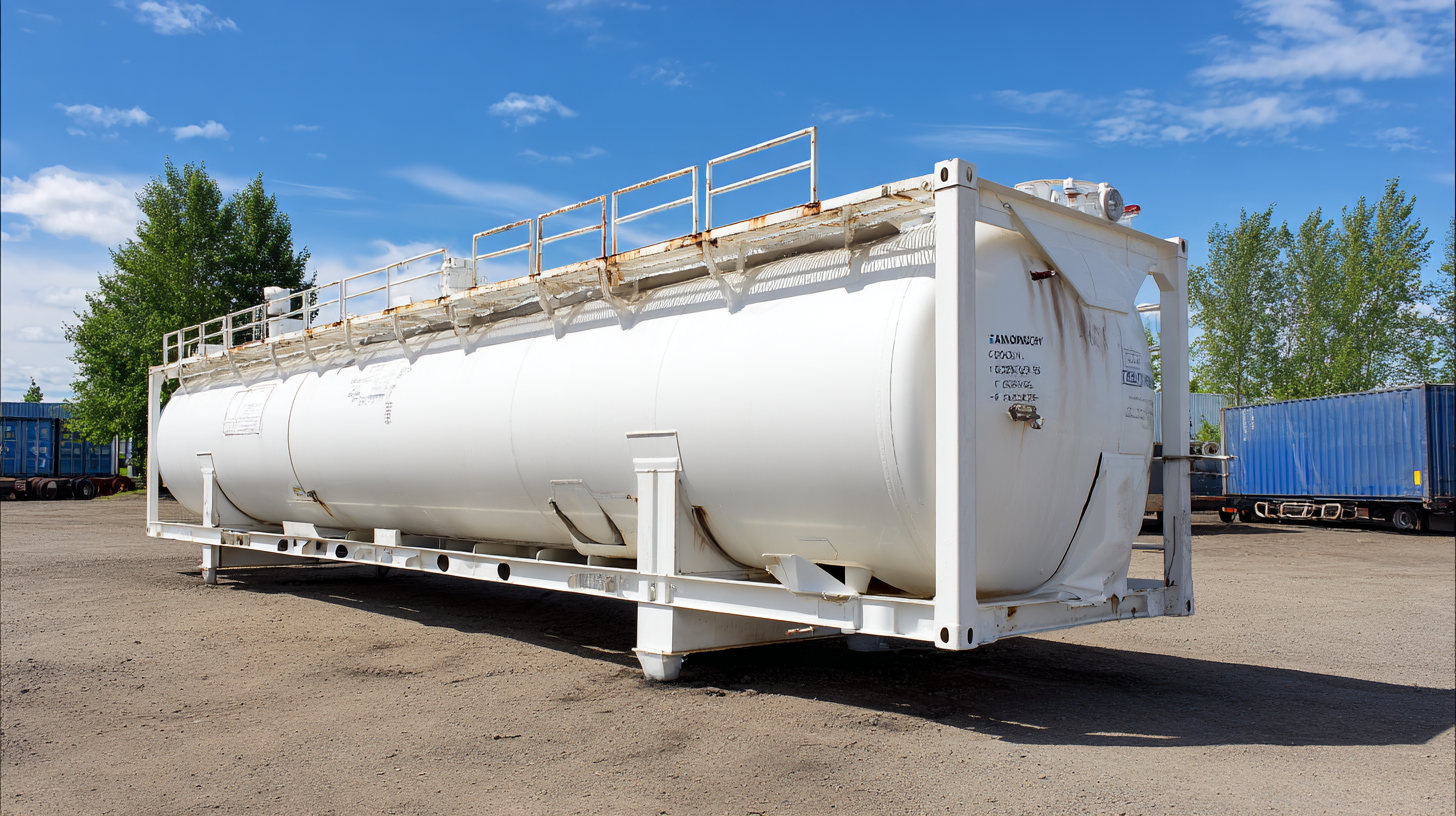
Maintenance Best Practices to Extend the Lifespan of Your Tank Container
When it comes to managing tank containers for your business, maintenance best practices play a crucial role in extending their lifespan and ensuring they operate efficiently. Just like farming equipment, the care and upkeep of tank containers can lead to significant cost savings in the long run. According to industry reports, regular maintenance can increase equipment longevity by up to 25%, ultimately translating to enhanced profitability and reduced downtime.
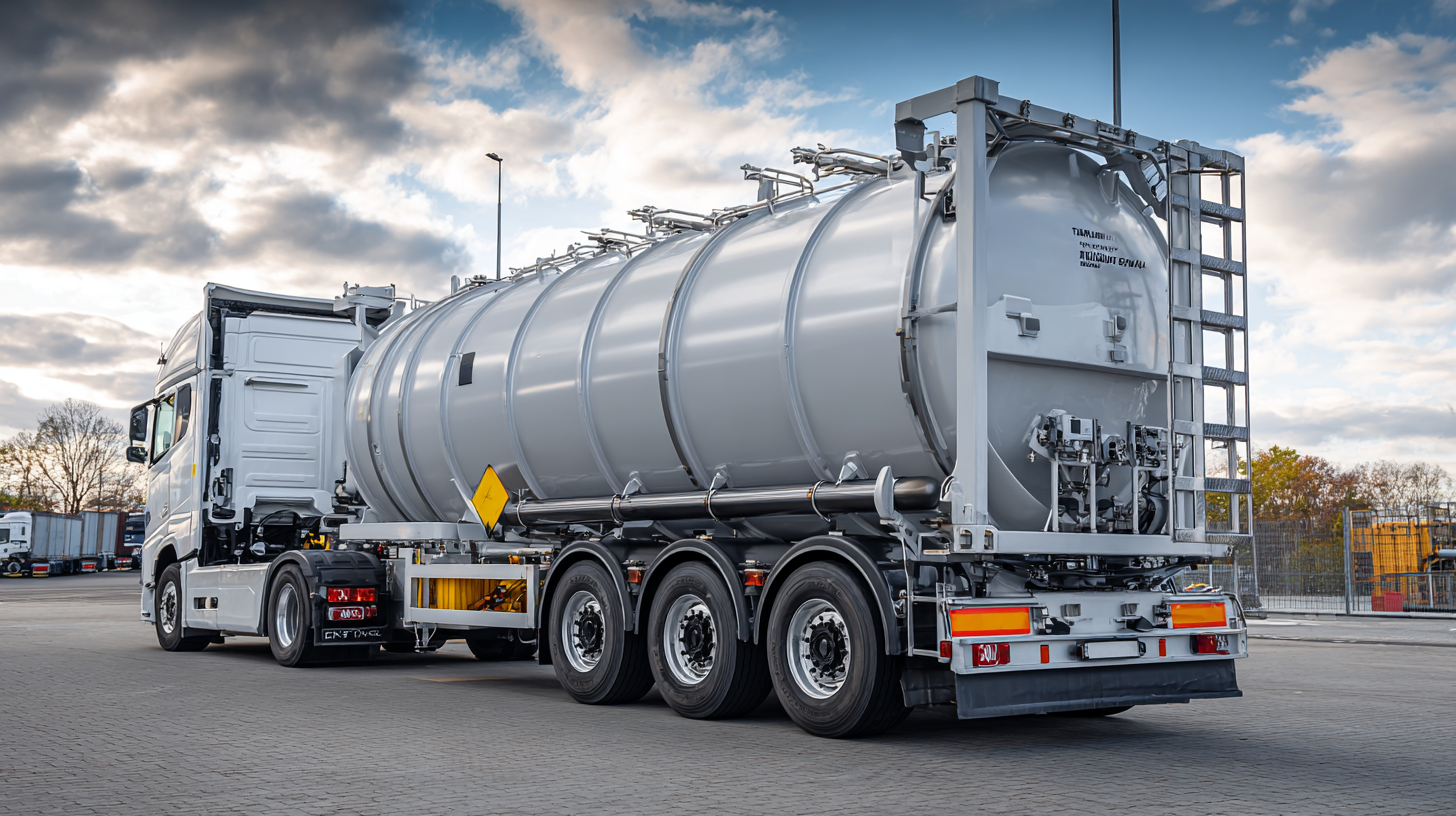
One of the most effective maintenance practices is conducting routine inspections. Regularly check for leaks, corrosion, and proper seals to address minor issues before they escalate. Additionally, cleaning the container frequently helps prevent contamination and extends its usability. Ensure that the interiors are free from residues that could affect the quality of the contents.
Tip: Implement a maintenance schedule that includes comprehensive inspections every six months, along with immediate attention to any detected anomalies.
Another important aspect is ensuring that your tanks are stored in a controlled environment. Weather conditions can adversely affect tank integrity. Protecting them from extreme temperatures and UV exposure can prevent materials degradation.
Tip: Invest in protective covers or choose storage locations that shield the containers from extreme weather elements, enhancing longevity and performance.
Related Posts
-
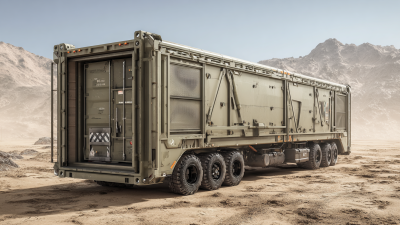
The Future of Eco Friendly Tank Shipping Container Solutions
-
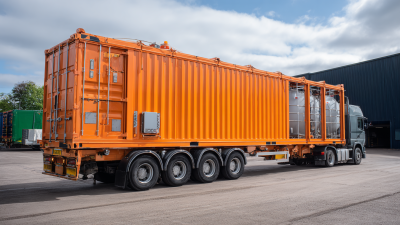
How to Choose the Right Tank Shipping Container for Your Business Needs
-

Innovative Solutions for Efficient Iso Tank Transport Logistics
-

Unlocking Advantages of Isotainer Tanks for Safe and Efficient Chemical Transport
-
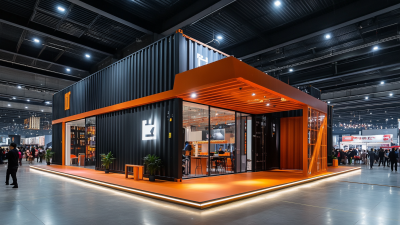
Shipping Container Parts Surge in Demand at 137th Canton Fair Highlights International Trade Growth
-

The Ultimate Guide to Understanding Iso Tank Fittings: Key Insights for Global Buyers
